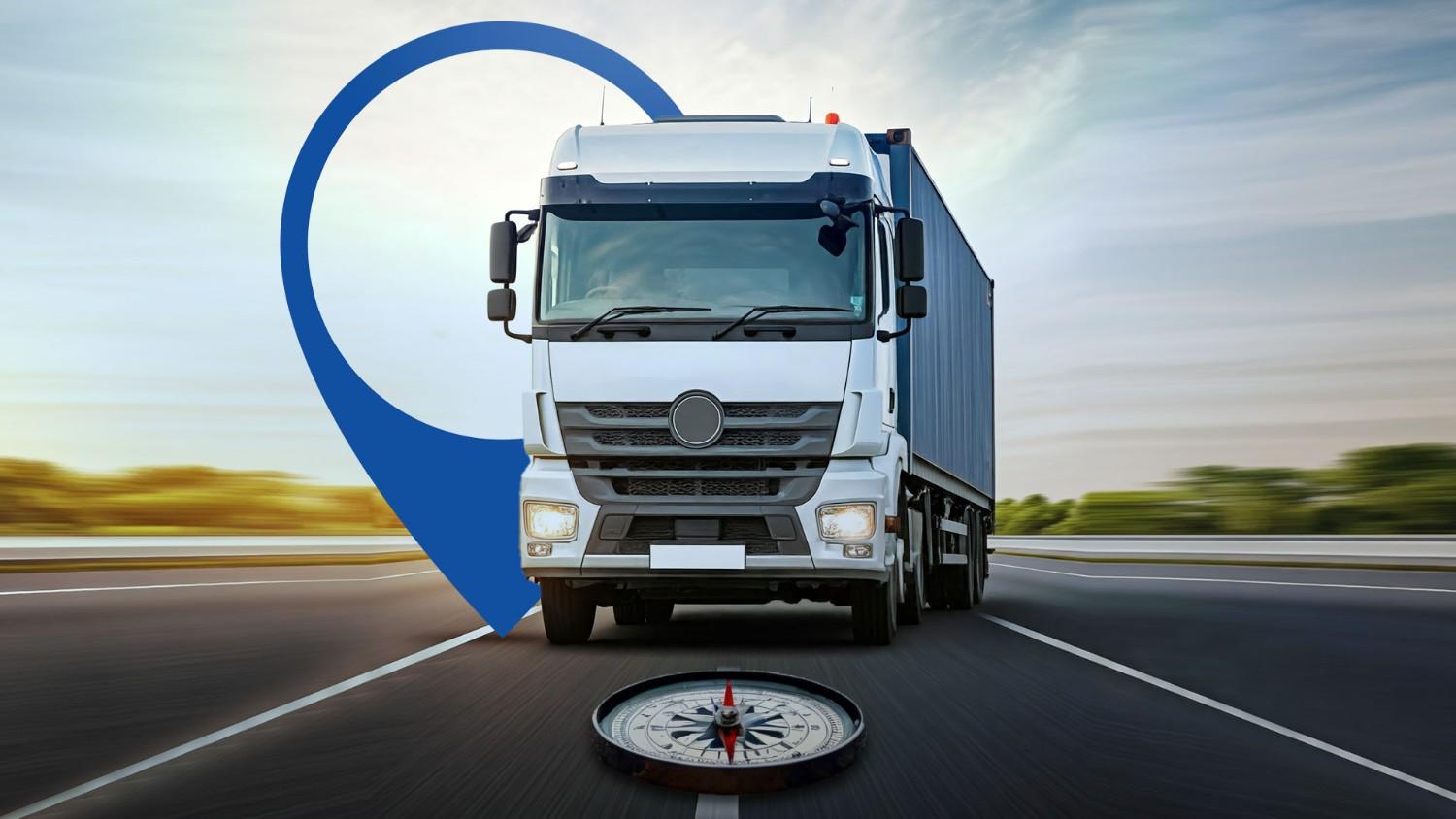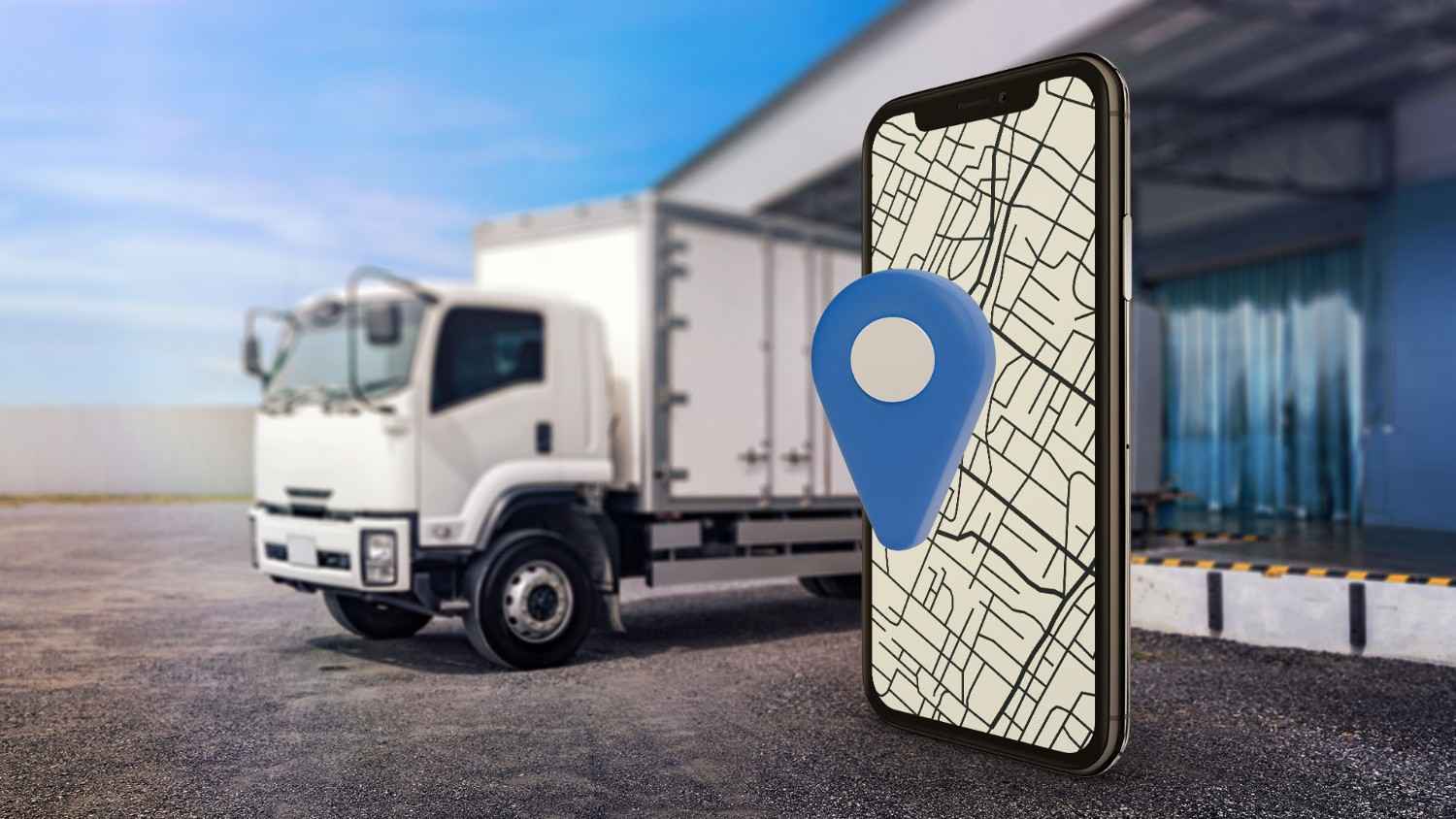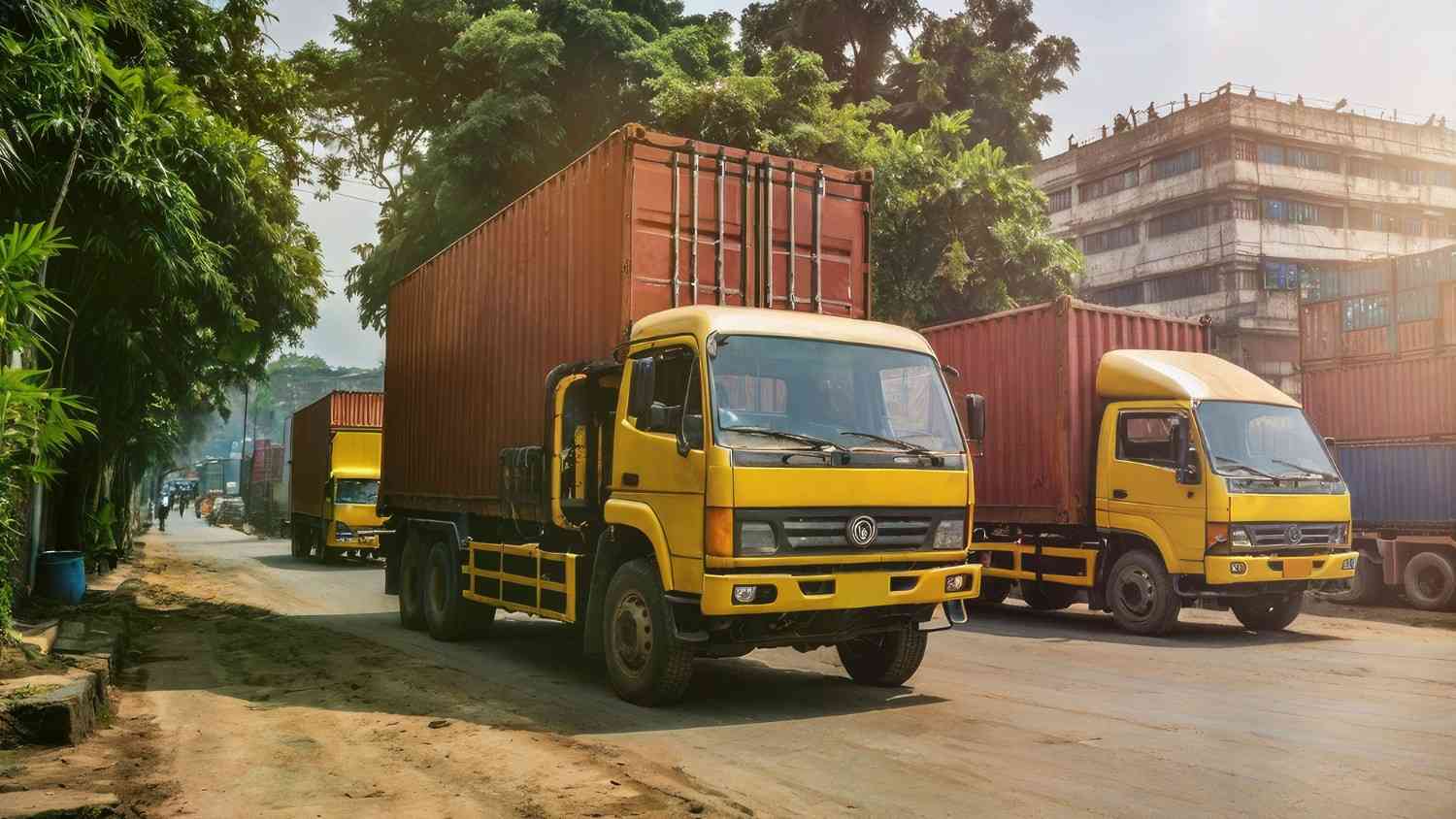
I. Introduction
Imagine this: a crucial shipment of medical supplies is needed in a remote town during a pandemic. The clock is ticking, and the entire town’s well-being hinges on this delivery. The situation is dire, and every minute counts.
This scenario underscores the critical role real-time tracking plays in modern logistics. In an industry where timing and accuracy can mean the difference between life and death, real-time tracking transforms supply chain management, enhancing efficiency, reliability, and customer satisfaction.
Real-time tracking in modern logistics is a game-changer. It provides unparalleled visibility, streamlines operations, and improves customer service. This technology is not just a convenience; it’s a necessity for staying competitive and meeting the ever-growing demands of the global market.
II. The Evolution of Logistics
Historical Perspective:
Logistics has come a long way since the days of ancient trade routes, where merchants relied on caravans and ships to move goods across continents.
Fast forward to the 20th century, logistics had evolved but was still hampered by limitations. Traditional tracking methods included manual logs, which were prone to human error, and radio communication, which, while an improvement, offered only limited real-time information. This often resulted in delays, misplaced shipments, and inefficient supply chain management.
Technological Advancements:
The introduction of GPS (Global Positioning System) in the 1970s revolutionized logistics. Initially developed for military use, GPS technology soon found its way into commercial applications, allowing for precise location tracking of vehicles and shipments.
The 21st century brought the Internet of Things (IoT), further revolutionizing logistics. IoT devices, equipped with sensors, enable continuous data collection and communication across the supply chain. A 2015 report by DHL and Cisco projects that IoT will generate $1.9 trillion in value for the logistics industry by 2025 through increased efficiency and reduced costs.
Real-time tracking technologies now integrate with advanced software solutions, offering comprehensive visibility and proactive management of the entire supply chain, as seen in the operations of companies like Amazon and UPS.
III. Real-Time Tracking: A Game Changer
Real-time tracking provides complete visibility of shipments from start to finish. For example, a trucking company can monitor its fleet’s location and status continuously. This capability allows them to avoid delays, reroute in real time, and optimize delivery routes, leading to improved operational efficiency.
Streamlining operations by reducing idle times and optimizing delivery schedules is crucial. A manufacturer, for instance, can significantly cut downtime by knowing precisely when raw materials will arrive. This accurate scheduling minimizes disruptions in the production process.
Providing customers with precise delivery times and regular updates enhances their experience. An e-commerce company that offers real-time package tracking can build greater trust and satisfaction among its customers. This transparency allows customers to plan better and reduces the anxiety of waiting for deliveries.
IV. Benefits to Different Stakeholders
Optimized routing and reduced fuel consumption can lead to significant cost savings.GPS tracking helps by avoiding traffic congestion and choosing efficient routes.
Real-time tracking offers customers peace of mind with accurate delivery windows and transparency. Many consumers rate detailed tracking information as the most important aspect of the delivery process when ordering high-value items.
Real-time alerts about road conditions enhance safety and communication for drivers. GPS tracking can significantly reduce accident rates by providing drivers with timely information to avoid potential hazards.
But in 2024, this is all table stakes.
In the next section, we’ll cover practical examples from the pharma, ecomm, and food & beverage sectors.
V. Real-World Applications and Success Stories
Case Study 1: Pharmaceutical Industry
In the pharmaceutical industry, the integrity and timely delivery of temperature-sensitive medications are critical. Imagine a scenario where a shipment of COVID-19 vaccines needs to be delivered to a remote clinic. These vaccines must be kept within a strict temperature range to remain effective.
Example: A logistics company uses real-time tracking combined with temperature sensors to monitor the shipment continuously. Every second counts as the shipment travels through varying climates and conditions. Alerts are set up to notify handlers if the temperature deviates from the required range, allowing immediate corrective actions. This real-time monitoring ensures that the vaccines arrive at the clinic in perfect condition, and ready to be administered safely and effectively.
Case Study 2: E-commerce Giants
Meeting high delivery standards is a hallmark of e-commerce giants like Amazon. The promise of two-day delivery is not just a marketing gimmick; it’s a logistical marvel powered by advanced tracking technologies.
Example: Amazon employs real-time tracking to monitor its vast fleet of delivery vehicles. As soon as an order is placed, the system optimizes the delivery route, factoring in traffic conditions and delivery priorities. Customers receive real-time updates about their package’s location and estimated delivery time. This transparency and efficiency have made Amazon’s two-day delivery promise a reliable service, setting a high bar in the e-commerce industry.
Case Study 3: Food and Beverage Sector
For the food and beverage sector, maintaining the freshness of perishable goods during transportation is crucial. Think of a grocery delivery service that promises fresh produce to its customers’ doors.
Example: This service uses real-time tracking to monitor delivery trucks equipped with refrigeration units. The system tracks not only the location but also the temperature inside the storage compartments. If the temperature begins to rise, an alert is sent to the driver to address the issue immediately. By ensuring that produce remains at the optimal temperature throughout the journey, the company reduces spoilage and ensures that customers receive fresh, high-quality goods every time.
VI. Challenges and Solutions
Implementation Costs
Challenge: The initial investment in real-time tracking technology and training can be high, posing a barrier for many businesses.
Solution: Gradual integration of tracking technology can mitigate upfront costs. Leveraging Software as a Service (SaaS) models allows companies to pay for the technology on a subscription basis, spreading the expense over time and making it more manageable.
Data Security
Challenge: Protecting sensitive tracking information from cyber threats is essential to maintain trust and operational integrity.
Solution: Implementing robust cybersecurity measures, such as encryption and secure access protocols, can safeguard data. Regular security audits and updates ensure that the system remains secure against evolving threats.
Technical Issues
Challenge: Real-time tracking systems are susceptible to technical glitches and system failures, which can disrupt operations.
Solution: Regular maintenance schedules and having backup systems in place are critical to ensure continuous operation. Training staff to handle common technical issues and having a support team ready to address more complex problems can minimize downtime and keep the logistics running smoothly.
VII. Future Trends in Real-Time Tracking
Integration with AI and Machine Learning:
The integration of AI and machine learning with real-time tracking is revolutionizing logistics. Predictive analytics powered by AI can forecast potential delays and suggest alternative routes, optimizing delivery times and reducing costs. For instance, imagine a logistics company using AI to analyze traffic patterns and weather conditions to predict potential bottlenecks on a delivery route. The system then automatically suggests a faster alternative, ensuring timely delivery.
Example: A logistics company equipped with AI-driven tracking noticed an unexpected traffic jam due to a sporting event. The AI system instantly recalculated the route, diverting the driver to a less congested path, saving time and fuel costs. According to a report by McKinsey, AI can reduce supply chain forecasting errors by 20% to 50%, significantly enhancing operational efficiency.
Blockchain for Enhanced Transparency:
Blockchain technology offers secure and immutable tracking records, providing transparency and authenticity in the supply chain. This technology ensures that every transaction and movement of goods is recorded on a decentralized ledger, making it nearly impossible to alter data without detection.
Example: A high-end electronics manufacturer uses blockchain to track the entire journey of its products from the factory to the customer. Each step, from production to delivery, is recorded on the blockchain, ensuring the authenticity of the product and reducing the risk of fraud. IBM reports that blockchain can improve supply chain transparency and can improve sales with on-demand availability of products by 4 percent, cut operating costs by up to 10 percent, and reduce inventory by up to 30 percent.
Advanced IoT Devices:
The future of real-time tracking lies in the use of advanced IoT devices. These sophisticated sensors provide real-time data on temperature, humidity, and location, ensuring optimal conditions for sensitive shipments.
Example: Consider a seafood supplier shipping fresh fish across the country. Smart containers equipped with IoT sensors monitor the temperature and humidity inside the container in real-time. If the temperature rises above the optimal level, the system alerts the driver and the logistics center, allowing immediate corrective action. It’s estimated that by 2025, over 75 billion IoT devices will be in use, significantly enhancing supply chain visibility and management.
VIII. Conclusion
Recap of Key Points:
Real-time tracking has transformed logistics by providing enhanced visibility, improving efficiency, and boosting customer satisfaction. AI and machine learning offer predictive insights, blockchain ensures transparency and security, and advanced IoT devices provide critical real-time data on shipment conditions.
Call to Action:
Logistics companies must invest in real-time tracking technologies to stay competitive and meet the increasing demands of the global market. Embracing these innovations will not only improve operational efficiency but also enhance customer satisfaction, driving business growth and success.
About Wahyd Logistics
Learn more about Wahyd Logistics technology-enabled logistics marketplace here. Allowing you to book, track, and manage your shipments with the touch of a button, our transparent, end-to-end logistics management solution caters to a number of industries worldwide.





